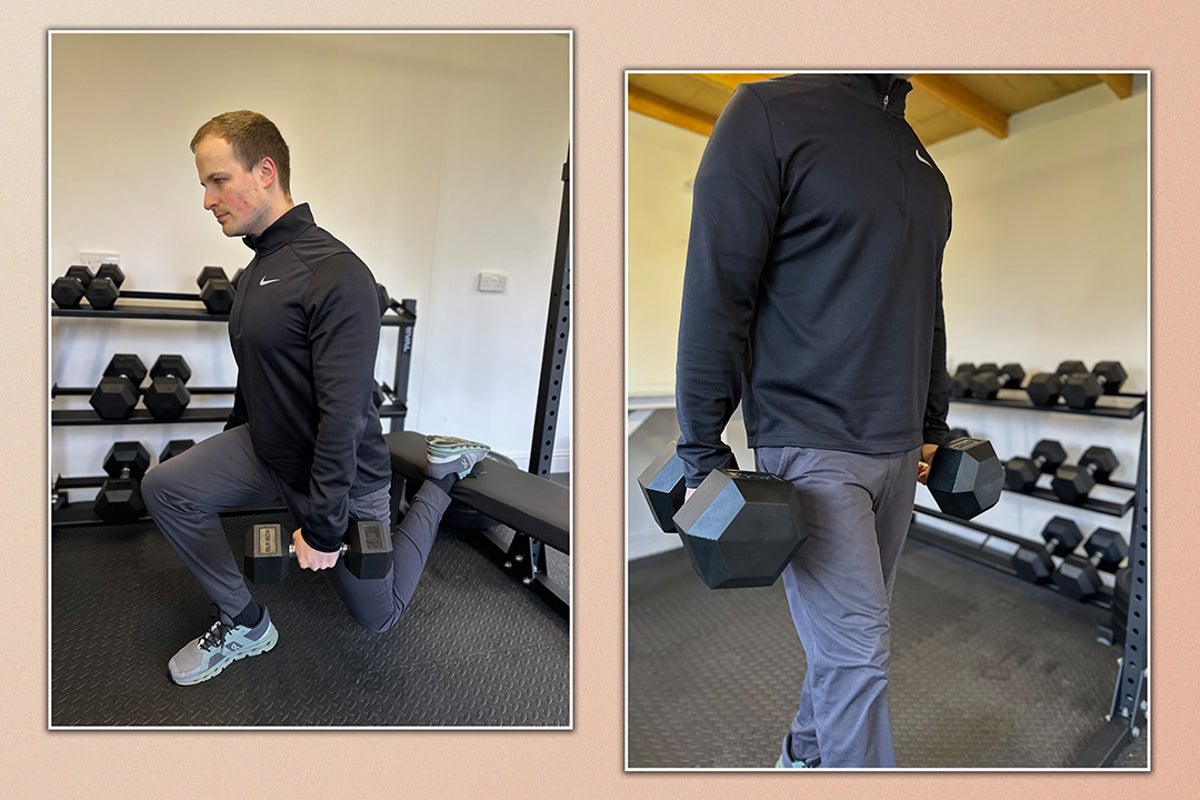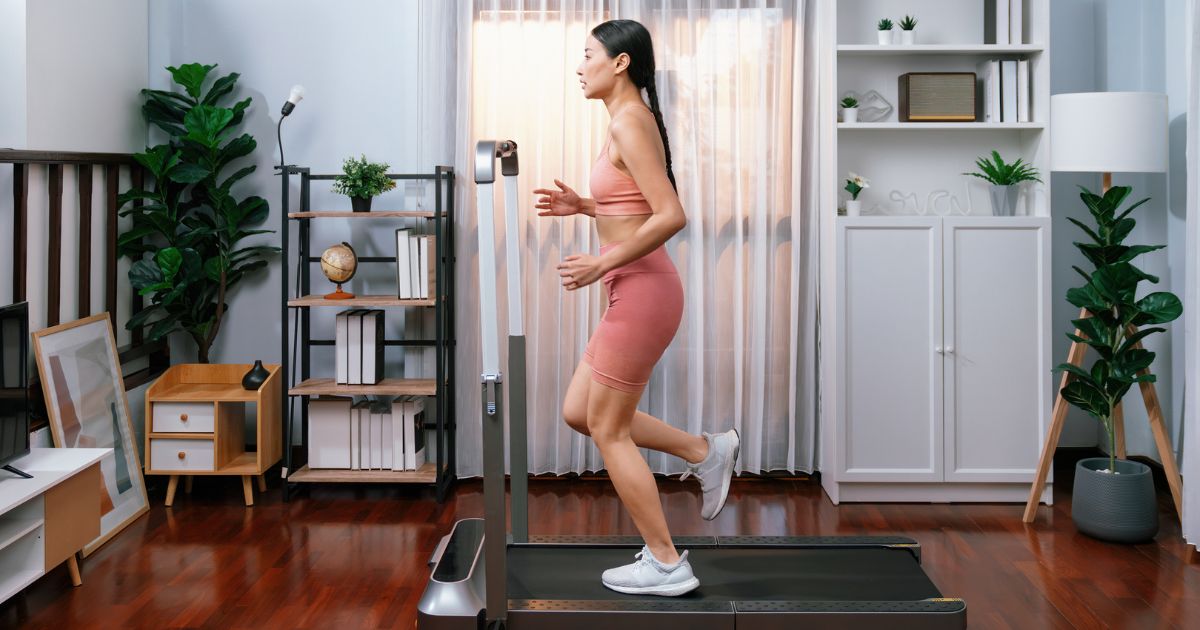
Top pick
The Fitbit Inspire 3 gives precise readings, has a good battery life, and includes plenty of features to appease people with varying health goals. In some ways it’s a throwback, with its simple interface and small size, which we appreciated. A fancy display and dozens of specialized health metrics doesn’t always equate to a product that can handle the basics, such as measuring step count and resting heart rate accurately, which is all some people need from a wearable.
This device is especially easy to use. The display is activated with a swipe across the screen. When the Inspire 3 is synced through the Fitbit app, the home screen can be changed to a variety of backgrounds that show time, heart rate, step count, and other information. A swipe up on the home screen will give you other metrics like distance traveled that day and SpO2 (blood oxygen), while a right swipe on the home screen brings you to timers, exercise programs, and other features.
Swiping down on the home screen gives you access to settings that will allow you to adjust how often you receive notifications and a general settings feature with which you can adjust how long the screen stays on and choose from three brightness levels: dim, normal, and max. Before changing these settings, warnings pop up telling you how switching levels might affect battery life.
Its app is easy to use, too. Fitbit’s free app is very easy to navigate, and peppered with tips and information on specific metrics. It connects you to a large and active social network, which may help motivate you to meet your goals. There’s also Fitbit Premium, the upgraded version of the Fitbit app, which costs $10 per month or $80 annually (first-time Premium users can activate a six-month trial subscription). Guided workouts and audio mindfulness sessions are among the perks with this option.
Through the free app you can also (manually) track blood glucose and connect to your phone’s GPS. The app also offers the ability to set reminders to move, create fitness goals, and log details like heart rate, sleep, and activity for a stress management score. The app can also aid you in taking note of food and water intake. While not essential, these are nice add-ons that are presented in easy to understand language for someone interested in recording their nutritional health on another level.
Google purchased Fitbit in 2021, and the newest Fitbit devices are fully integrated with Google accounts. People who buy certain wearables (including our runner-up pick, the Fitbit Charge 6) new now or who do not already have a Fitbit account are required to sign up for Fitbit with a Google account. For now, you can still buy a new Inspire 3 and link it to an existing Fitbit account. Support for existing Fitbit accounts “will continue until at least 2025,” a company representative told us, after which Fitbit owners will be required to use a Google account for their devices. The representative added that the company will “be transparent with our customers about the timeline for ending Fitbit accounts through notices within the Fitbit app, by email, and in help articles.”
New Fitbit users are not only required to register with a Google account, but they have to accept Google’s terms and services, which includes Google’s privacy policy. These terms include how data from your Fitbit is collected and stored by Google and what data from your Fitbit that Google shares with third parties. A Google representative confirmed that existing Fitbit account users can continue to log in with their Fitbit accounts through February 2, 2026.
It’s the most accurate and has a long-lasting battery. In our tests of step count accuracy, the Fitbit Inspire 3 was off from our pedometer readout by just 0.32% over a two-day period—the best of all the fitness trackers tested. In a one-mile test of how accurately it recorded distance, the Inspire 3 had one of the better tallies, being over by only 0.03 mile.
It also showed signs of a decent battery life; some testers found it middle of the road, while others had excellent results. After wearing the Inspire 3 for two days and two nights, which included several recorded workouts and auto-detected activity, our testing had the Inspire 3 lasting about seven days before needing a charge—it’s advertised as lasting 10 days.
However, one tester, who has both an Inspire 3 and a Fitbit Charge 5, reported having to charge the latter much more frequently, while “I cannot remember the last time I plugged in my Inspire 3.” In a test measuring resting heart rate, the Inspire 3 was off by 1 bpm, one of the best readouts we saw.

The Inspire 3, like all Fitbit products, has a one-year warranty. Additional bands in various colors and materials like stainless steel (as well as a clip-on option) are available for an additional cost.
Flaws but not dealbreakers
The band can be difficult to adjust. The Inspire 3 has a flexible silicone band that closes with a plastic buckle and tang (think of how you fasten a belt buckle). While this is not uncommon for fitness trackers, it sometimes took a few tries to close—this is one instance where the slim design of the Inspire 3 may be a drawback. The band doesn’t lay flat like, say, that of a thicker Apple Watch SE, and the tang is a bit flimsy, causing it to not stay in place when adjusting on the wrist.
The touchscreen isn’t always responsive. Sometimes when flicking through the touchscreen, we pressed too hard, causing the Inspire 3 to activate a mode we didn’t want or bring up another screen that we had to swipe out of. Again, this may be a slight drawback to the tracker’s relatively minimalist design and smaller-than-most screen.
The battery may not last as long as advertised. In one of our tests, the battery fell about three days short of the advertised 10 days of life, not great but not terrible.



